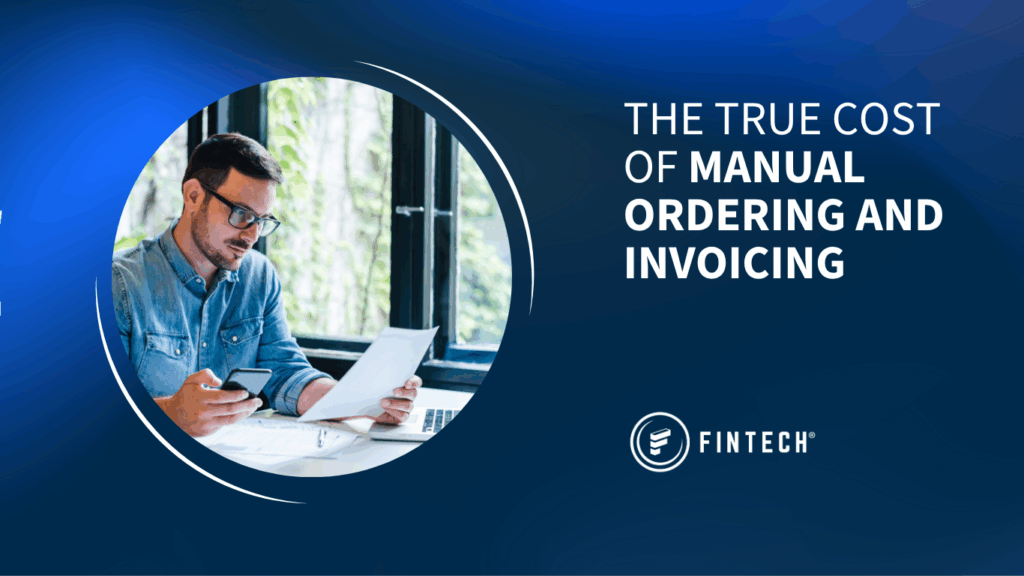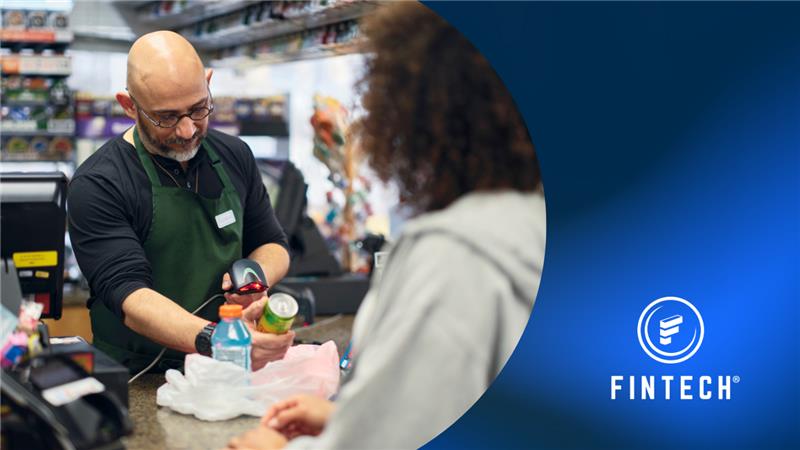There are countless ways to run a small business, but for some aspects of operations, there is really only one right tool for the job.
Across a 22-year career, I’ve worked with hundreds of small to medium-size businesses focused primarily on the hospitality and convenience retail segments. In these roles, I have had the opportunity and privilege to give presentations to a spectrum of audiences, from the C-suites of publicly-traded brands to single location operators with aspirations to build and manage successful multi-location businesses from the ground up. On several occasions, I opened my presentations with a twist on the well-known saying from pop culture icon Forrest Gump, “Small business operators are like a box of chocolates. You never know what you’re gonna get.”
The opener was normally well received with a warm chuckle from the audience, but from my vantage point at the front of the room, I often saw a sizable number of head nods connecting with the deeper message within the icebreaker. You see, although everyone in the room was focused on chasing that American dream of owning a successful business, how they ran their businesses varied significantly from operator to operator.
Some were well-oiled machines that thrived on performance measurement and iterative operational refinements that drove bottom-line growth. Some were family legacy businesses where success was measured by familiar faces and smiles from customers and staff. And quite frankly, some of them left me guessing how they could be in business so long without a stitch of strategy, organization, risk mitigation, performance measurement, you name it. As Forrest said, “You never know what you’re gonna get.”
Although my experiences across the years have uncovered an endless number of strategies for building and operating a small business, I’ve concluded that there are truly only two needs essential for success. First, the need to spend more time with both customers and staff to ensure a great experience with the product or service. Second, the need for accurate and timely information about the business’ performance, which is used to minimize risk, accelerate decision making, and develop strategies for maximizing growth and profitability.
But in a paradoxical twist (triple word score!), the more successful you are in building your business, the larger it becomes, and the less time you have for your customers and staff. Additionally, the larger you grow, the less timely and accurate data you have available to understand your business’ performance to validate decision making. So, for those operators that haven’t figured out how to clone themselves or how to get 29 hours out of a 24-hour day, what do they do to resolve this paradox?
The answer is quite simple. Get the right tool for the job!
Once you wrap your head around needing the right tools for managing the various aspects of your business, the first question most entrepreneurs consider is, “do I build it or buy it?” However, if you need a tool that gives you more time with your customers and staff, then the chances are great that you don’t have the time required to build the tool. Additionally, as a veteran of the software industry, I can tell you time is only half of the equation in the “build it” approach. Building an effective automation tool requires expertise in software development, the industry standards, user experience, third party interfaces, and on and on. And quite frankly, your focus should be on your customers, your staff, and your strategies for growth, not software development.
In short, the “build it” approach is fine for those aspects of your business that don’t necessarily have a material impact on resource utilization or profitability. But for the high–touch, high–margin, high–risk segments of your business, a “buy it” approach gives you the ability to quickly implement strategies that yield the greatest opportunities to save time and expand margins. Fortunately for small businesses across the country, Fintech delivers an affordable “buy it” solution for managing a high margin, high risk segment of your business – your alcohol program.
Today, one out of every four retailers that sell alcohol uses Fintech as “the right tool for the job” to manage aspects of their alcohol program. With over 30 years of experience, 635,000 connections between retailers and distributors for payments, a wealth of granular data insights and analytics, and a demonstrated capacity to manage over $35B in alcohol payments annually (yes, $35 billion), we have a cost-effective solution for your unique alcohol program needs. It really just comes down to what facet of your alcohol program you’d like us to automate or enhance.
If you’re looking for more time with your customers and staff, Fintech’s contactless payments have proven to cut delivery times by an average of 15 minutes each delivery. Plus, Fintech automates data integration, eliminating the need to hand key invoices into back-office inventory and accounting programs, like QuickBooks Online. This digital interface saves time by eliminating manual entry and ensures that the data is free of any manual-entry errors. Additionally, Fintech’s online portal delivers timely and easy-to-consume reports of purchasing activity and analytics to help you quickly improve purchasing behaviors that can drive better alcohol margins. And most exciting from my seat is, that as Fintech continues our evolution from a payments company to a payments and data company, we are building the analytic tools of the future. These data solutions will be able to provide insights into alcohol programs that will be nothing short of game changing. I’ve seen it. It’s amazing stuff.
Regardless of your motivations for starting or buying a small business, regardless of the endless tactics you’ve employed to drive better success, and regardless of how much passion and dedication you have to make your business successful, investments in technology and automation will undoubtedly give you more time with your customers and staff and more timely and accurate information about your business for decision making and strategy development – no matter if you’re a caramel, a coconut, or any flavor in between.
Best of luck with your American dream. I’m in awe of what you do on a daily basis to serve your customers, employ your staff, and put food on your table. Go get ‘em. And if you have any questions about Fintech or feedback about time-savings and automation for your business, don’t hesitate to reach out to me.






